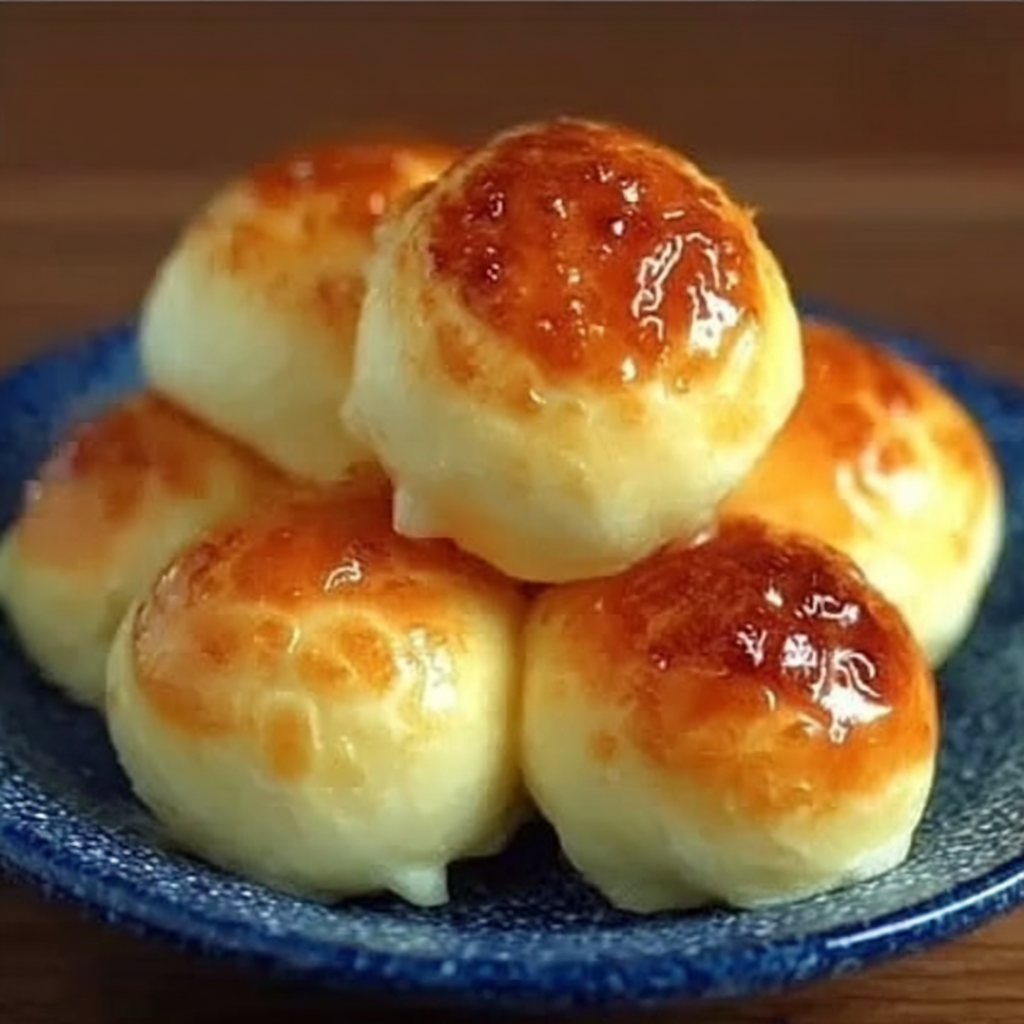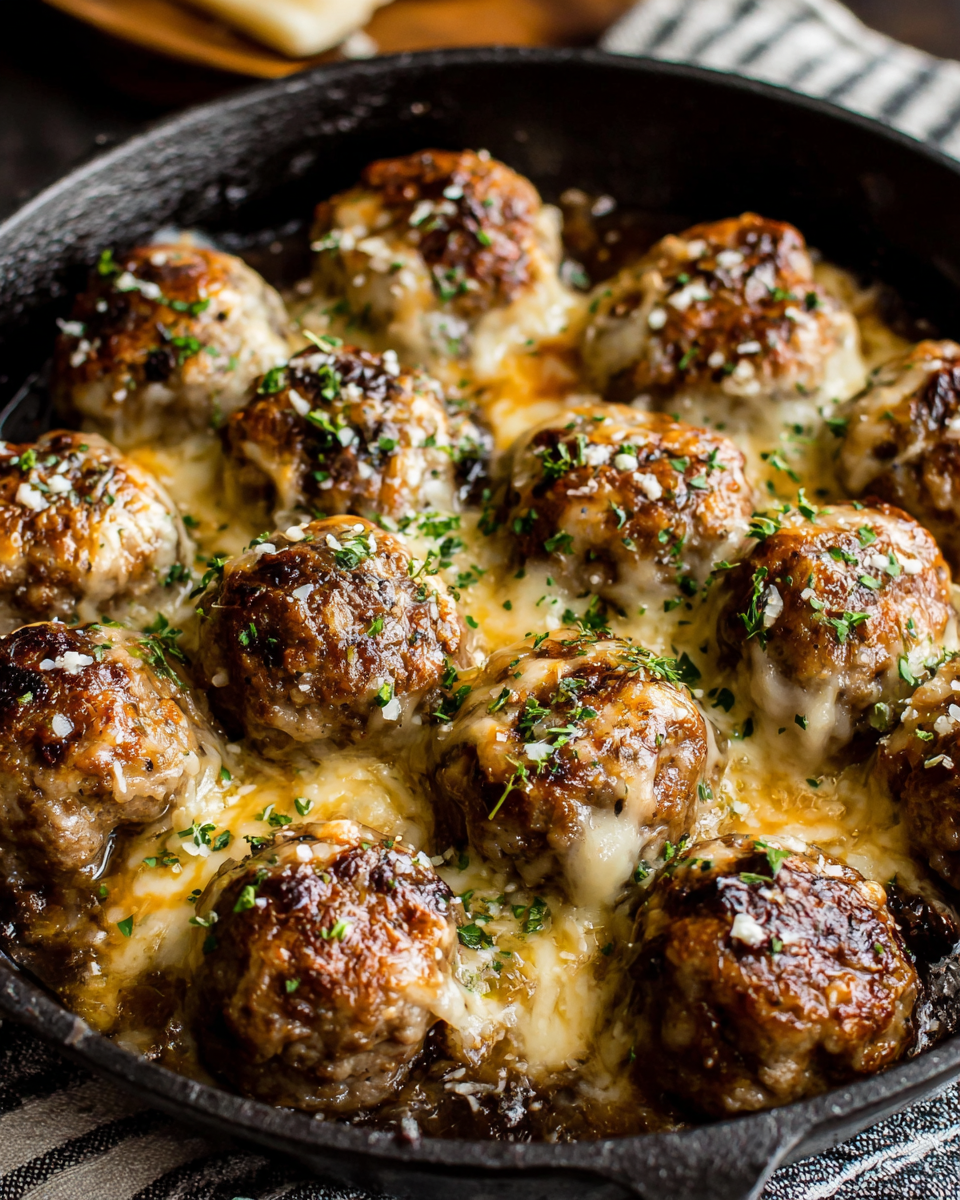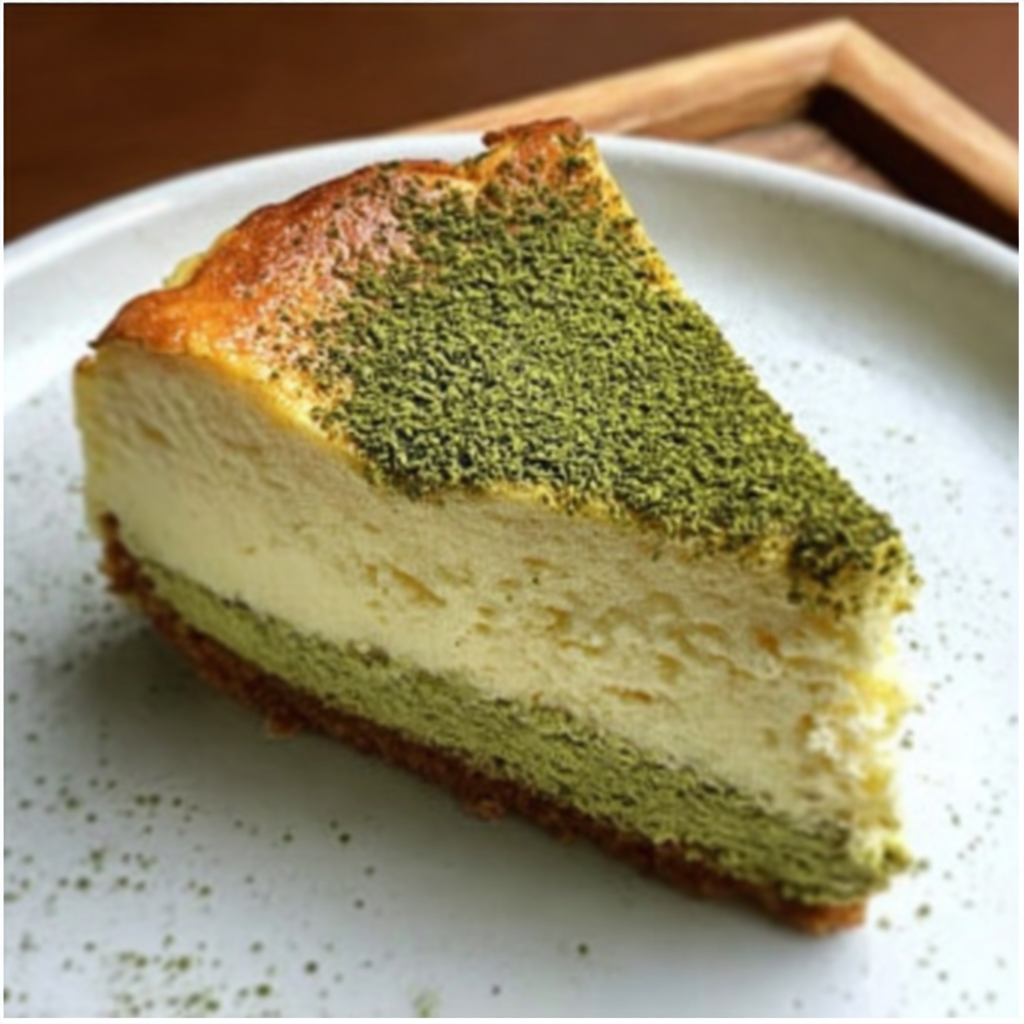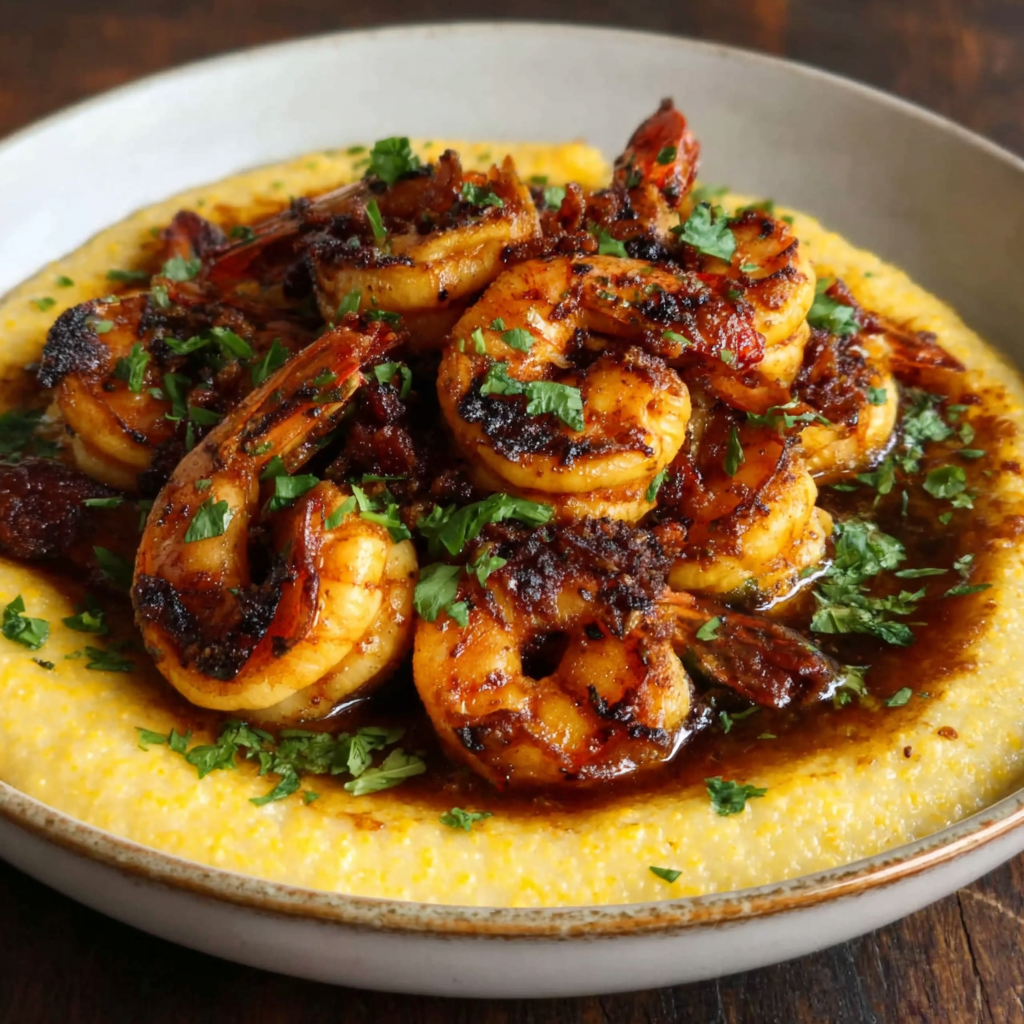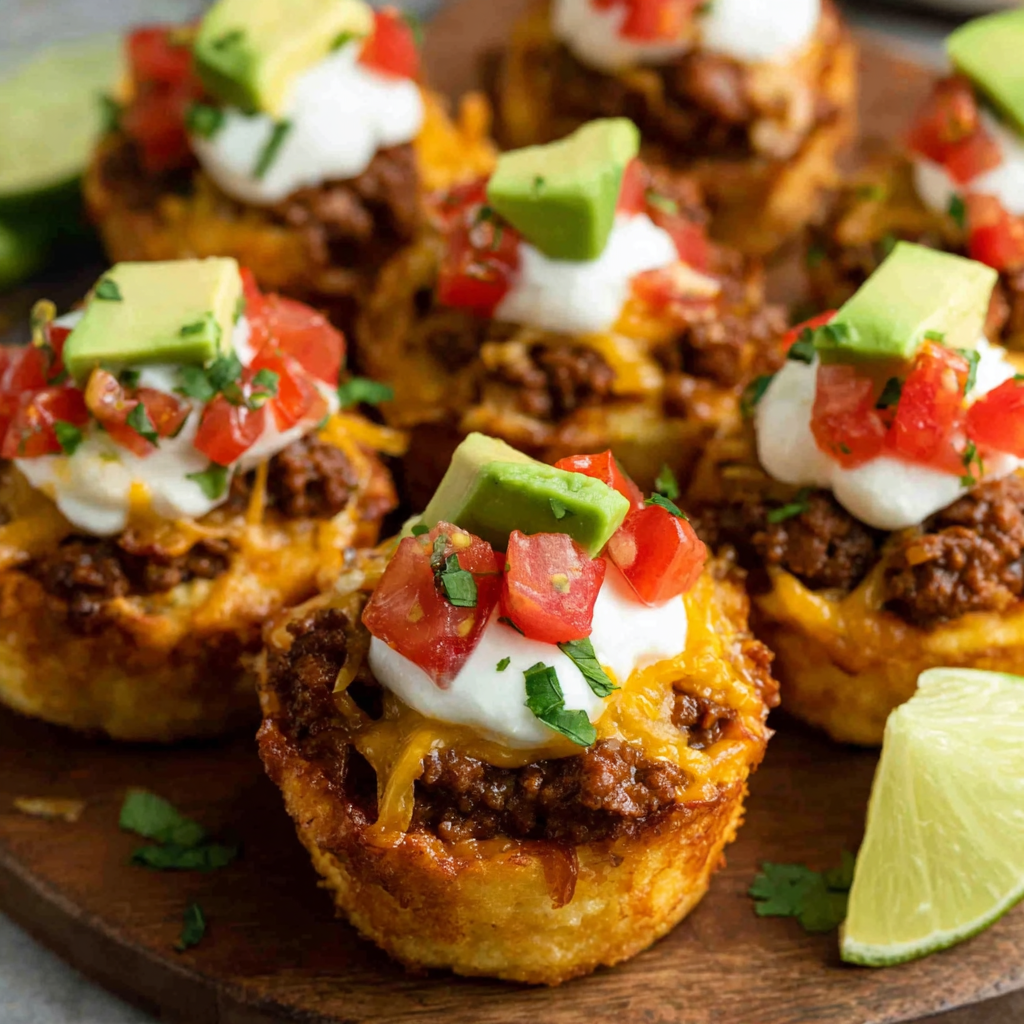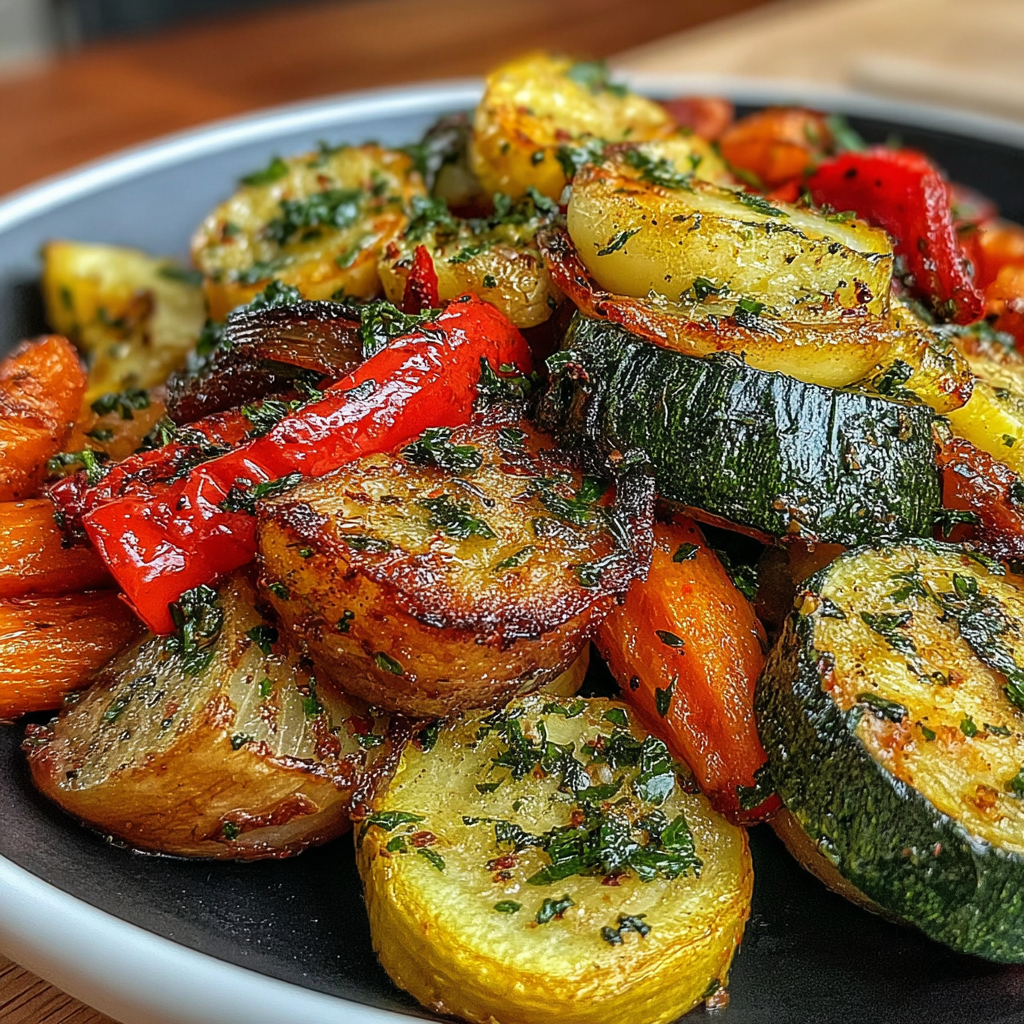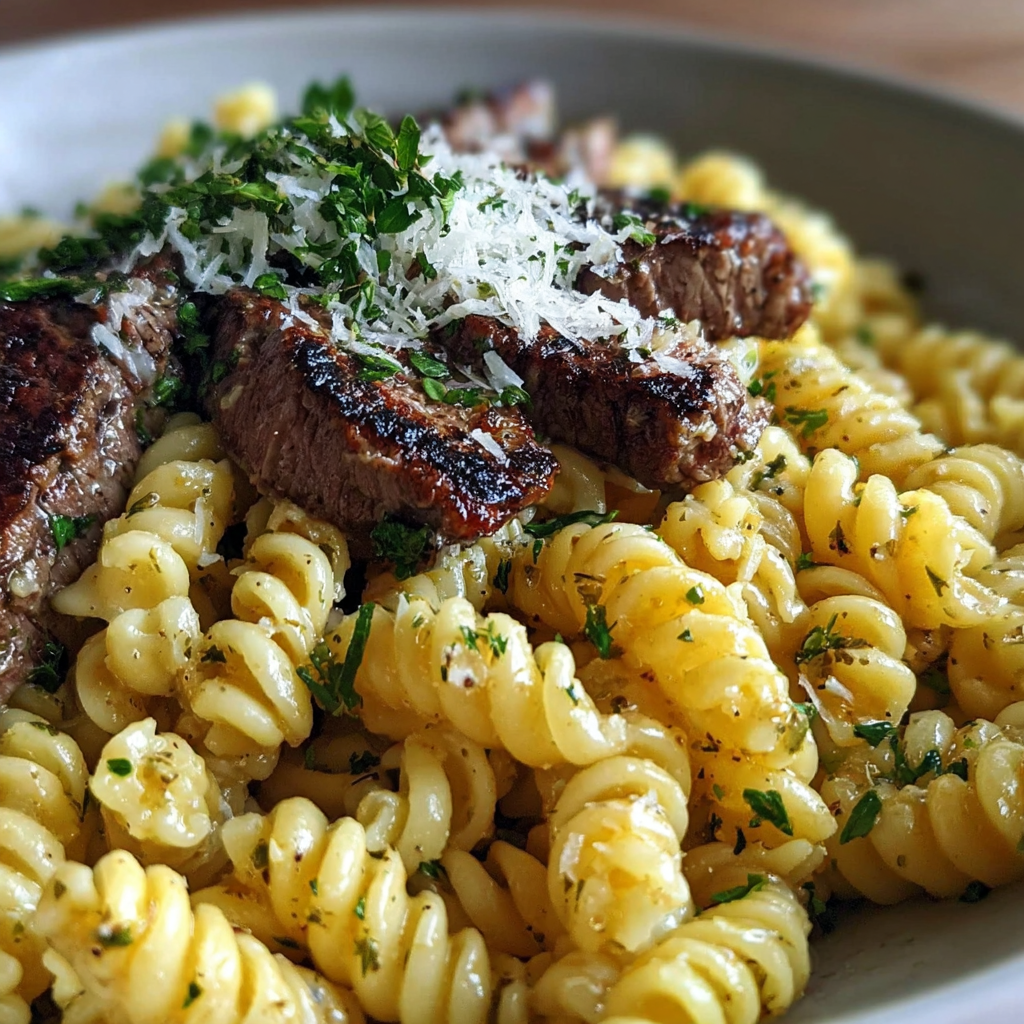Introduction
Nun's Puffs, or 'Puffs de Nuns', offer a delightful combination of crispiness on the outside and a fluffy, airy interior. Originating from a religious context, these treats have transcended their humble beginnings to become a favorite sweet across many cultures.
These delightful pastries have a unique texture that is sure to impress your guests at any gathering. With simple ingredients and a straightforward method, Nun's Puffs are not only a treat to eat but also enjoyable to prepare.
Ingredients
- 1 cup water
Water acts as the base for creating steam, which is crucial for puffing up the dough during baking. It helps to dissolve other ingredients and ensures a smooth batter. - 1/2 cup unsalted butter
Butter adds richness and flavor to the puffs, as well as fats that help create a tender texture. Unsalted butter allows for better control over the final taste since you can adjust the salt level in the recipe. - 1 cup all-purpose flour
Flour is the main structure-building ingredient. Its proteins develop gluten, which aids in the elasticity and rise of the puffs, giving them their characteristic texture. - 4 large eggs
Eggs provide moisture and richness, facilitating the binding of ingredients. They also contribute to the leavening process, helping the puffs rise properly in the oven. - 1 teaspoon sugar
Sugar enhances the flavor while also contributing to browning, helping to achieve a golden finish on the puffs. It provides a subtle sweetness without overpowering the overall taste. - 1/4 teaspoon salt
Salt enhances the overall flavor profile, balancing the sweetness and richness of the other ingredients. It also plays a role in strengthening gluten in the dough. - 1 teaspoon vanilla extract
Vanilla extract adds a pleasing aroma and warmth to the puffs. It's an essential element for flavor enhancement, making each bite more enjoyable.
Directions & Preparation
Step 1: Preheat your oven to 400°F (200°C).
Preheating the oven is crucial as it ensures that your Nun's Puffs start baking immediately upon being placed inside, contributing to their puffing action. A hot oven creates the right environment for steam to form and expand the batter.
Step 2: In a medium saucepan, bring the water and butter to a boil.
This step is important because it allows the butter to melt and incorporates it thoroughly into the water. The boiling mixture is essential for dissolving the flour completely, which will create a smooth dough free of lumps.
Step 3: Add the flour and salt to the boiling mixture, stirring vigorously.
Stirring energetically helps to combine the flour and liquid into a cohesive dough. This process is crucial as it ensures the flour is cooked slightly and begins to form a paste, vital for creating the structure of the puffs.
Step 4: Remove from heat and let the dough cool for about 5 minutes.
Cooling the dough slightly prevents the eggs from cooking when they’re mixed in. This is important for achieving the correct texture; a too-hot mixture would cook the eggs, resulting in a denser puff.
Step 5: Add the eggs one at a time, mixing well after each addition.
Incorporating the eggs gradually helps to maintain the emulsification of the batter. Each egg adds moisture and aids in leavening, contributing to the overall fluffiness of the puffs.
Step 6: Stir in the sugar and vanilla extract until evenly combined.
This step elevates the flavor profile, making the puffs not just airy but also delicious. Mixing thoroughly ensures that the sugar dissolves and distributes evenly in the batter.
Step 7: Spoon tablespoon-sized portions of batter onto a baking sheet lined with parchment paper.
Spoonfuls of the batter need enough space between them on the baking sheet to allow for rising. Positioning them properly ensures that they have room to expand without merging into one another.
Step 8: Bake for 20–25 minutes or until the puffs are golden brown.
Timing is crucial here; the puffs should rise and develop a beautiful golden hue. It's important to not open the oven door while they are baking, as this could cause them to deflate.
Step 9: Remove from the oven and let cool on a wire rack before serving.
Cooling allows the steam to escape, preventing sogginess. Cooling on a wire rack also preserves their texture, making sure they remain light and airy until served.

The Origin of Nun's Puffs
Nun's Puffs, with their origins rooted in the simplicity of convent life, serve as a reminder of the resourcefulness of past generations. Traditionally made for nuns and guests alike, these dainty pastries reflect the blend of minimal ingredients and maximum flavor, highlighting how simple pleasures can be transformed into remarkable treats.
Perfecting the Texture
Achieving the ideal texture in Nun's Puffs involves understanding the role of steam and eggs. As the batter bakes, steam is trapped inside, expanding and creating that characteristic puff. The balance of ingredients is essential: too much flour and the puffs become dense, too little and they may collapse.
Serving Suggestions
While Nun's Puffs are delightful on their own, they can also be dressed up with various toppings or fillings. A light dusting of powdered sugar adds elegance, while whipped cream or a drizzle of chocolate sauce takes them to a new level. Pairing them with fresh fruit can also enhance their appeal, making them a versatile treat for any occasion.
FAQs
What should I do if my Nun's Puffs don't rise?
If your puffs don't rise, it could be due to undercooking the flour mixture or not enough heat during baking. Make sure the moisture is properly incorporated and the oven is preheated.
Can I adjust the sweetness of Nun's Puffs?
Yes, you can adjust the amount of sugar according to your preference, but keep in mind that too much sugar can affect texture and rising.
Why did my puffs turn out dense?
Dense puffs often result from overmixing the batter or adding too many eggs. Ensure ingredients are mixed just until combined.
Is it necessary to use unsalted butter in this recipe?
While unsalted butter is recommended for better control over the flavor, you can use salted butter if you prefer, just omit the additional salt.
What can I do if my batter seems too thin?
If your batter feels too thin, it may need a bit more flour. Start with a tablespoon at a time, mixing well to avoid a sticky consistency.
Can I add different flavors to my Nun's Puffs?
Absolutely! Adding citrus zest or almond extract can provide delicious variations that enhance the flavor profile.
Should I use fresh eggs for better results?
Using fresh eggs is always ideal, as they provide better volume and a richer flavor, contributing positively to the overall texture.
Conclusion
In summary, Nun's Puffs are not only easy to make but also an exquisite addition to any dessert table. Their airy consistency paired with the simple flavor makes them a painlessly elegant choice.
Whether enjoyed plain or with toppings, they are bound to be a hit at any gathering, sparking joy and conversation.
Recipe Card
Notes
Additional serving suggestions: pair with a crisp salad, garlic bread, or roasted seasonal vegetables for balance.
For make-ahead, prep components separately and assemble just before heating to preserve texture.
Taste and adjust with acid (lemon/vinegar) and salt right at the end to wake up flavors.
